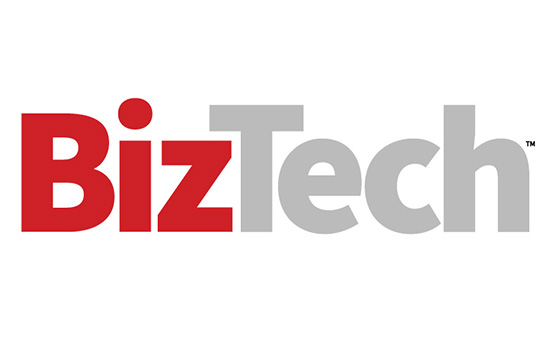Among the key regulations that financial services organizations must comply with:
- GLBA — Protects customer data privacy in financial institutions
- Payment Card Industry Data Security Standard (PCI DSS) — Governs secure handling of credit card data
- GDPR — Applies to financial firms with global operations and European Union customers
- Sarbanes-Oxley Act (SOX) — Ensures accurate corporate financial reporting to prevent fraud
- California Consumer Privacy Act (CCPA) — Regulates the privacy of consumers’ personal information
Given the breadth and complexity of these regulations, many financial services organizations turn to compliance management software to centralize and automate monitoring, ensuring they stay ahead of regulatory changes.
What Is Compliance Management Software?
Compliance management software enables banks, insurance companies and investment firms to stay aligned with legal and regulatory requirements. By automating many compliance tasks, these tools reduce legal risks, minimize human error and provide ongoing protection against cybersecurity threats, which are prevalent in financial institutions.
LEARN MORE: Can AI help banks improve their compliance?
Companies such as Check Point Software Technologies, IBM, LexisNexis and Arctic Wolf Networks offer platforms designed to:
- Continuously monitor systems for compliance gaps
- Automate compliance reporting to auditors and regulators
- Centralize compliance management across complex IT environments
Solutions such as Idera SQL Compliance Manager offer real-time monitoring, alerts, and auditing, ensuring that sensitive data such as financial records or personally identifiable information are always protected.
Christopher Fielder, field CTO at Arctic Wolf, describes compliance management software as “a tool or software that allows an organization to achieve its compliance goals.” This is particularly relevant for financial services firms, where regulatory requirements are stricter and more varied than in most industries.
“It allows you to holistically look at your environment, your business and your technical controls to ensure they adhere to these regulations,” explains Aaron Rose, security architect manager at Check Point.
Why Financial Institutions Need Compliance Management Tools
Financial services organizations are a prime target for cyberattacks due to the sensitive data they manage. A breach not only leads to direct financial loss but can also result in severe noncompliance fines. Compliance software helps mitigate this risk by:
- Providing continuous monitoring of systems and transactions
- Automating audit trails, which are essential for demonstrating compliance during regulatory reviews
- Reducing dependency on manual, error-prone processes, such as spreadsheet tracking
Without these tools, compliance officers and IT teams would need to manually check files and generate reports, a process that is both slow and prone to mistakes. As Rose notes, “Instead of doing all that manual work, having an automated tool that can report to you — and that report is essentially audit-ready — that’s quite powerful.”











